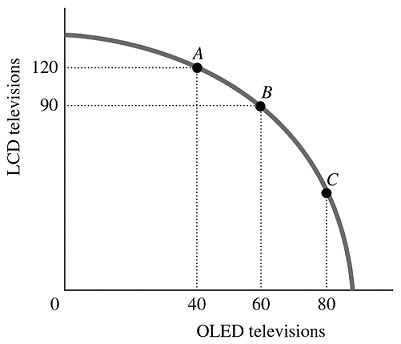Arguably the most damaging economic consequence of inflation is:
A. high prices.
B. the uncertainty it can create.
C. the adjustment of sticky wages.
D. the erosion of value of real assets.
B. the uncertainty it can create.
You might also like to view...
Unemployment in 1939, after a decade of recession and depression, still exceeded 10 percent
Indicate whether the statement is true or false
Much of the nation's coal is extracted by strip mining. This process leaves a huge barren hole in the ground when complete, and the cost of replanting the trees is approximately $10 per ton of coal. Burning the coal for electricity causes air pollution. No one knows how much damage the air pollution causes, but we know that for another $10 per ton the power plant can be outfitted with a pollution
control device. What is one measure of the true social cost of coal fired electricity, in dollars per ton? a. Private marginal cost plus the $10 replanting charge. b. Private marginal cost plus the $10 emission control charge. c. Only the $20 of replanting and emission control charges, because the other costs are private, not social. d. Private marginal cost plus the $20 of replanting and emission control charges. e. In order to answer this question we need to know the dollar value of the pollution.
Refer to the information provided in Figure 2.5 below to answer the question(s) that follow. Figure 2.5Refer to Figure 2.5. The economy is currently at Point B. The opportunity cost of moving from Point B to Point A is the
Figure 2.5Refer to Figure 2.5. The economy is currently at Point B. The opportunity cost of moving from Point B to Point A is the
A. 120 LCD TVs that must be forgone to produce 20 additional OLED TVs. B. 30 LCD TVs that must be forgone to produce 40 additional OLED TVs. C. 20 OLED TVs that must be forgone to produce 30 additional LCD TVs. D. 40 OLED TVs that must be forgone to produce 120 additional LCD TVs.
Answer the following questions true (T) or false (F)
1. A surplus occurs when the actual selling price is above the market equilibrium price. 2. A competitive market equilibrium is a market equilibrium with many buyers and sellers. 3. In response to a shortage, the market price of a good will rise. As the price rises, the demand will decrease and supply will increase until equilibrium is reached.